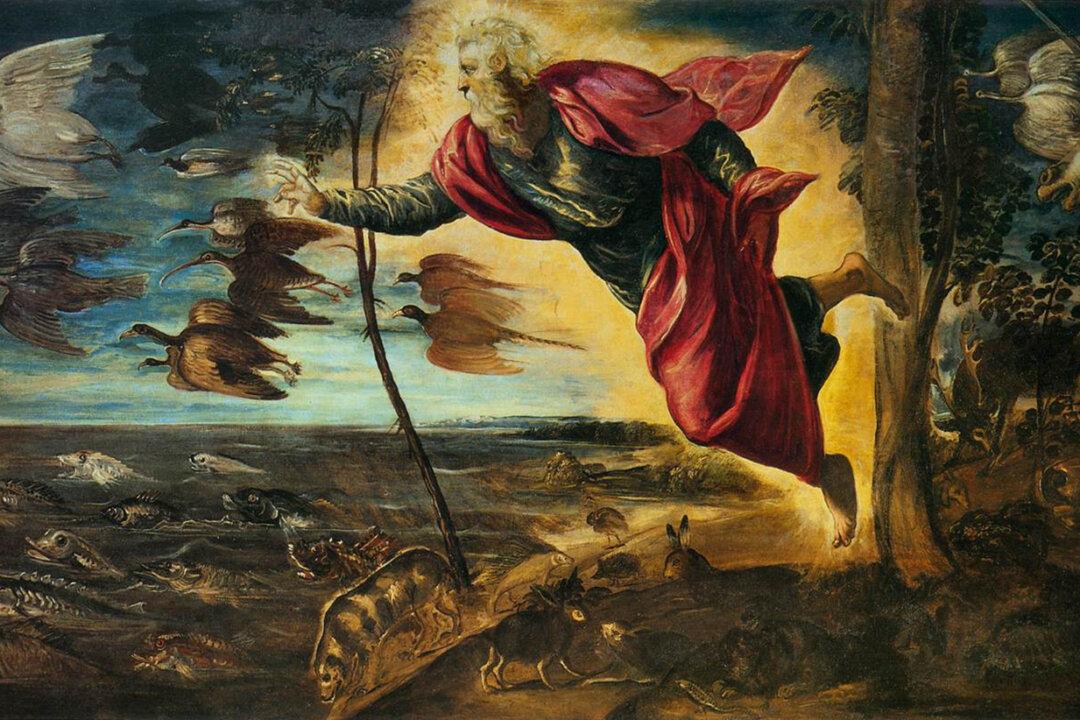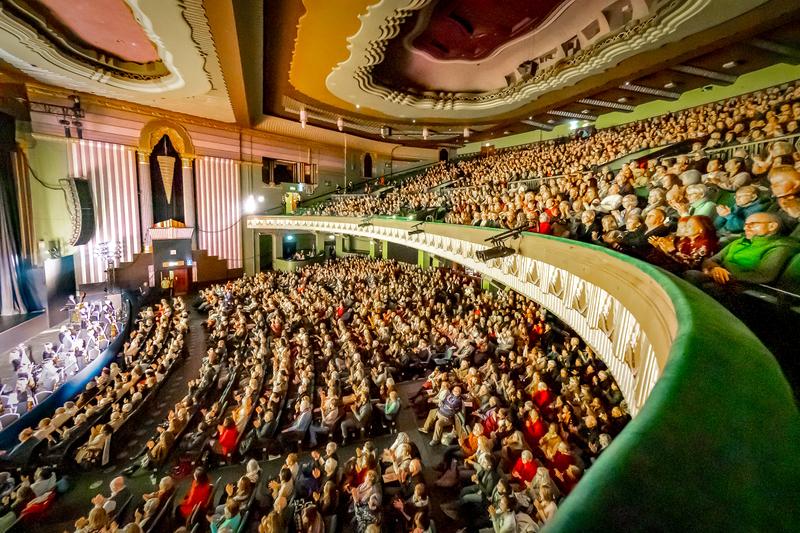It’s an immense task to try to capture the essence of God’s creation, although one artist made a powerful attempt.
Jacopo “Il Tintoretto” Robusti (1518–1594) apprenticed in the workshop of the leading Venetian artist at that time, Titian. A 2019 retrospective exhibition of the artist’s work at the National Gallery of Art in Washington marked the 500th anniversary of Tintoretto’s birth.






